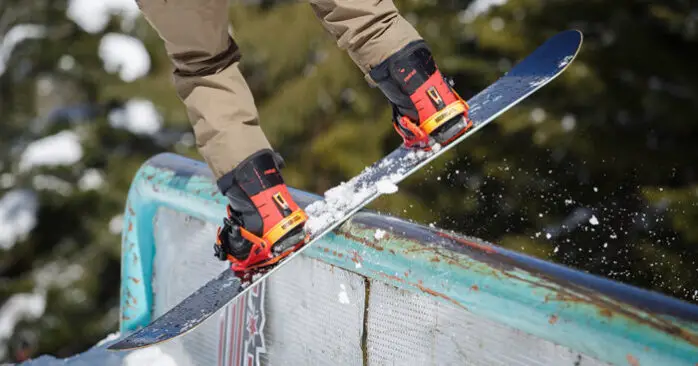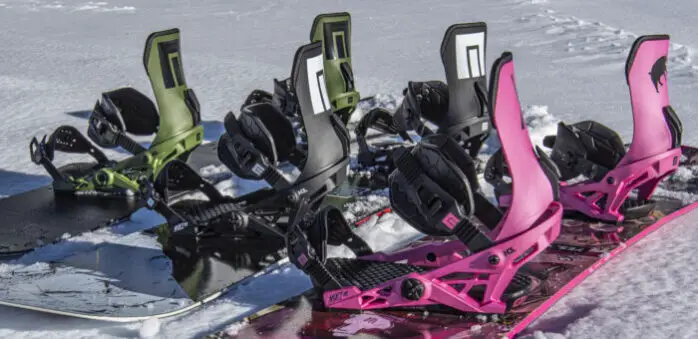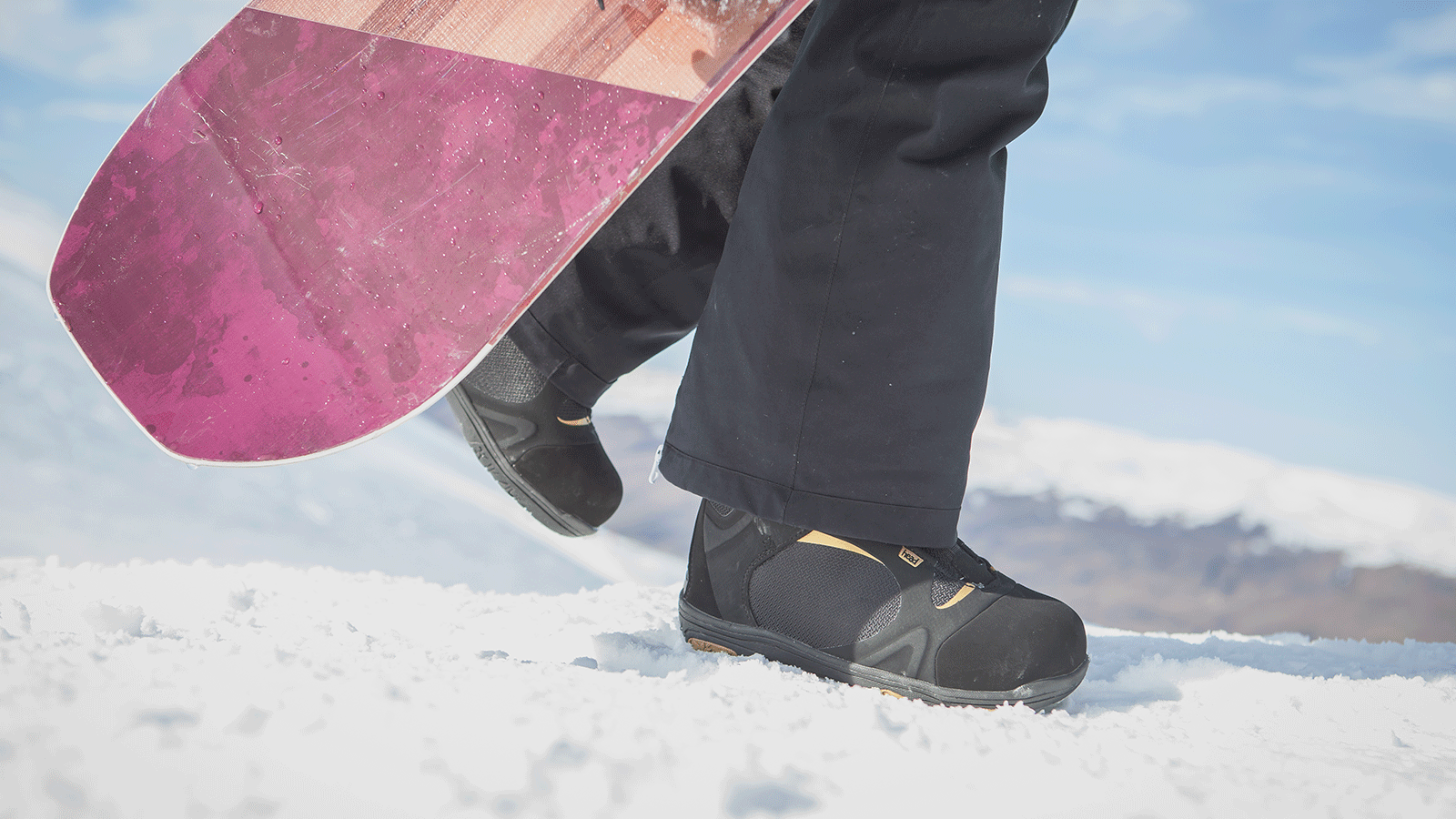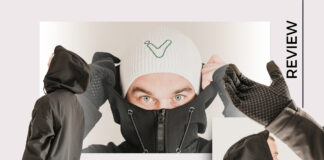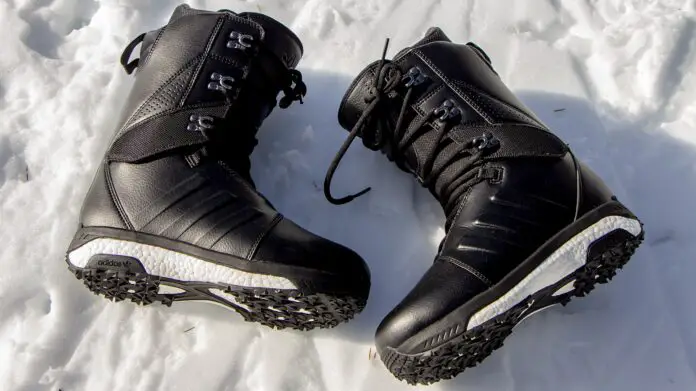
Aside from choosing a Snowboard, one of the meticulous, time-consuming undertakings in Snowboarding is finding comfortable and fitting Snowboard Boots that also perform well. Boots are essential for Snowboarding. Together with your Snowboard Bindings, Snowboard Boots connect your body to your Snowboard in a secure way.
Also, how you are able to control your Snowboard largely depends on your boots and bindings. In spite of this, buying Snowboarding Boots is a process that a lot of people often rush through. Snowboard Boots must fit perfectly, provide support, and keep you warm. Otherwise, they’re useless.
This Buying Guide will work you through the basics of Selecting the Right Snowboard Boots for you.
Check the Fit of the Snowboarding Boots
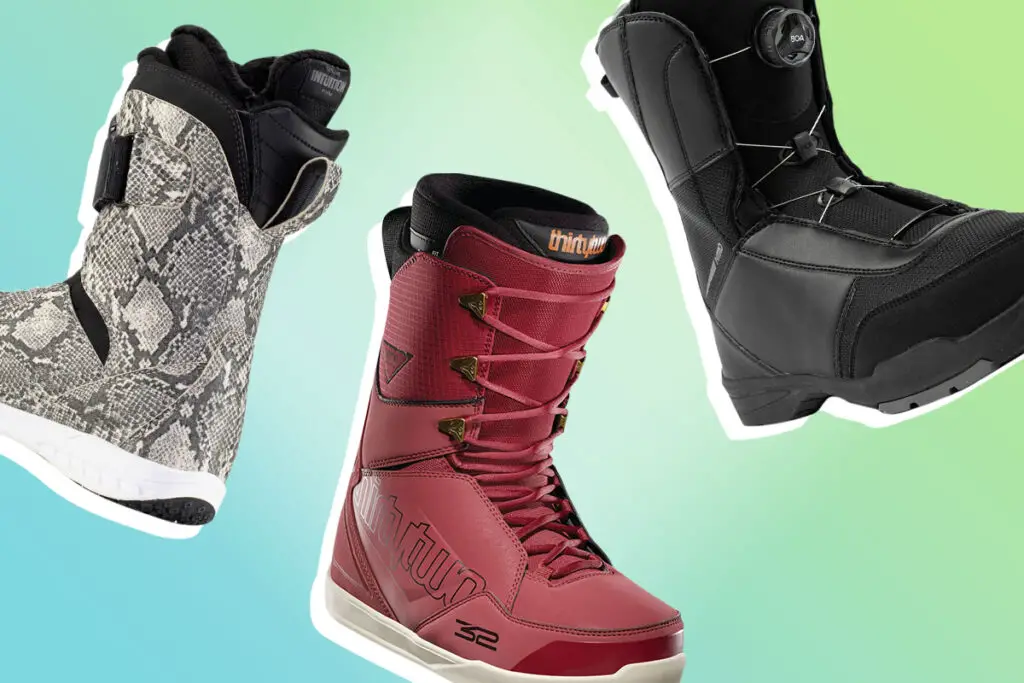
Similar to other sports footwear, the most significant factor that ensures your comfort and performance is its Fit. To check the fit of your boots, you obviously have to try them on (with your Snowboard Socks of course!).
For the Best Fit, shop when your feet are at their largest – in the afternoon, evening, or after a Physical Activity. Remember, your feet can swell up to a half-size while Snowboarding, so it’s crucial that you size to fit them at their largest. Also, it’s best to visit a Snowboard shop where experts can analyze your feet and help you narrow down the choices.
If you’re trying on Soft Boots, you should feel some toe movements. For Hard Boots, you should feel minimal toe movement. The Snowboard Boots’ overall fit is pretty much the same as other kinds of boots. So keep in mind that once the boots have been ridden, their internal padding will become compacted, consequently increasing the available space slightly. If your boot does not feel right for some reason, try a smaller size or another brand.
Heel Holding Power of Snowboarding Boots
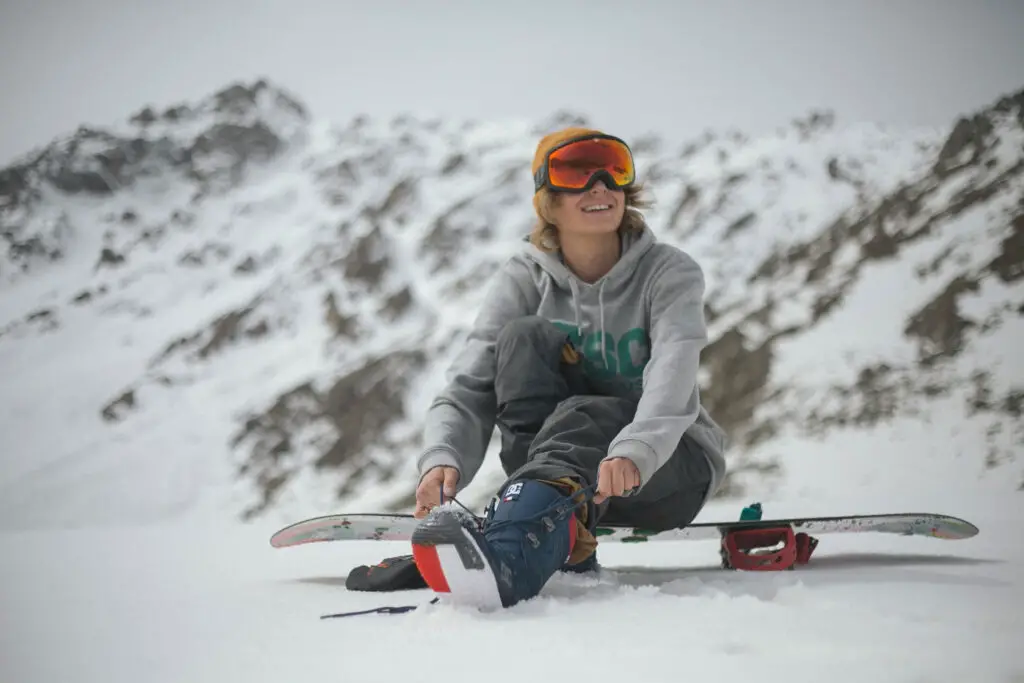
The most important indicator of a Proper Boot Fit is the heel holding power of the Snowboard Boot. After putting on the Snowboard Boots, lace it up to completely eliminate the heel lift. Next, stand on your toes and check if the heel of the boot rises off the ground. You’ll know it’s not a proper fit if you can lift your heels. Remember, Snowboarding Boots should fit snugly around the ankle and should hold your heel firmly down in the boot.
For Hard Boots, its heel holding power is characterized by the hard outer shell. For Soft Boots, its heel holding power is defined by the bladder inside the boot. Make sure that your heels don’t float when trying on Snowboard Boots. Otherwise, try another or the same boot in a different size.
You could actually do some minor adjustments to prevent your heels from lifting inside your Snowboard Boots. Add devices like a butterfly, a tongue pad, or an ankle strap.
Having a butterfly wrapped around your ankle bones keeps your heel from lifting inside your Boots. When placed inside the Snowboard Boots, tongue pads help push your heel back down into the heel cup of your Boot. Wrapped outside your Snowboard Boots, ankle straps drive your heel into the cup of your Boots.
Snowboard Boot Flex
Aside from Boot Fit and Heel Holding Power, checking the Flex is important when Buying your Snowboarding Boots. The degree of Boot Flex varies depending on the Type of Riding Styles in Snowboarding. So consider both your riding style and preference when deciding on how much flex you will need.
Freestyle Boots are usually lower cut, with loose, molded inner liners for more flexibility. Freeride Boots tend to have a stiffer upper boot for added support, and a lace-up inner that allows you to adjust the amount of flexibility. On the other hand, Snowboard Boots for Alpine Riding are usually Hard Boots. This is because Hard Boots support your foot, ankle, and lower leg firmly, making them best for racing and high-speed carving on hard snow surface.
Snowboard Bindings and Boots Combination
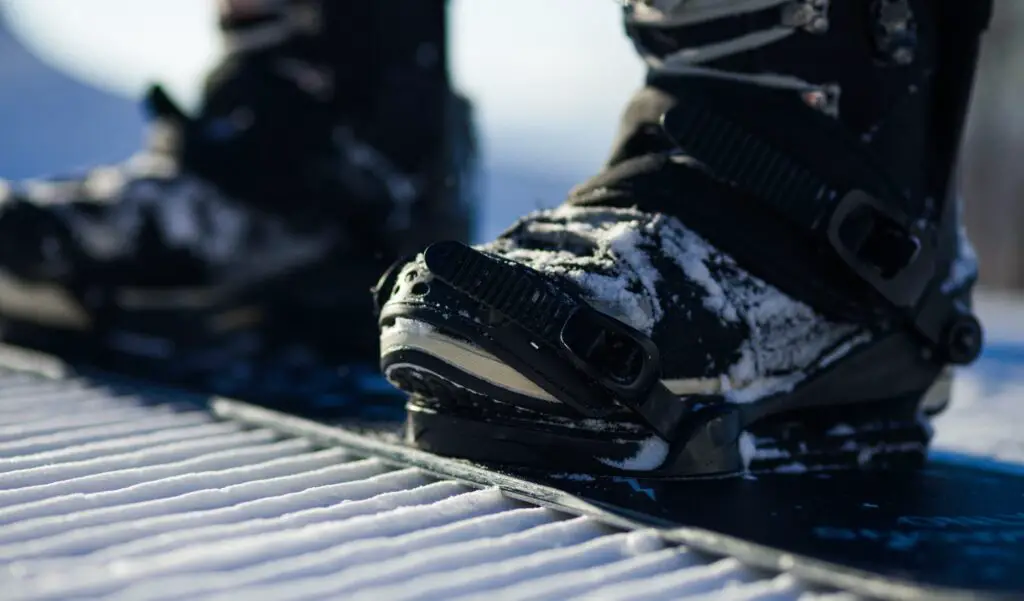
As explained in our Bindings Buying Guide, a Good Fit Between your Boots and Bindings are essential for you to have a pleasurable time on the slopes. Keep in mind that Snowboarding Boots and Bindings are often a combination wherein not every boot is suitable for each type of Snowboard Binding and vice versa. These are the different kinds of Boot-Binding Combination available:
Soft Boots and Strap On/Flow-In Bindings
This system is the most flexible. Any Soft Snowboarding Boots can be used with the strap-on system. FreeStylers and FreeRiders often prefer this system as it gives more flexibility and maneuverability. This is also the most comfortable combination when you’re off your Snowboard.
Soft/Hard Step-In Boots with Step-In Bindings

If you’re going to choose Step-in Bindings for your Snowboard then you definitely need to choose Step-in Boots to go along with your bindings. The Step-In systems need to be the same on the boots and bindings. Step In systems make it easy for you to get on and off your board. However, step-ins offer fewer alternatives. Also, cheaper step-in systems often provide less board control.
Hard Boots with Plate/Lever Bindings
Hard Boots in combination with Plate/Lever Bindings give the most solid and direct control over your Snowboard. All your body movements are directly transmitted to the board without a padding to absorb much of this energy. FreeCarvers prefer this Type of Boot-Binding Combination as they need this kind of control in high speed turns.
Currently, Soft Boots and Strap Bindings are the norms since they provide a flexible way of adjusting the boots and bindings for a perfect fit, and are most comfortable when not on the board. Still, a lot of people prefer the Step In bindings and boots combination because of the ease it provides when getting on and off the board.
Having the right pair of Snowboarding Boots is essential since it could make a great difference on whether you’ll be spending hours of excruciating pain or blissful comfort on the slope. Although quality, high performance Snowboard Boots are quite expensive, you don’t need to buy them. All you need is a good pair of Snowboarding Boots that fit well, is designed for your preferred riding style, and is in sync with your Snowboard Boot-Binding System.

